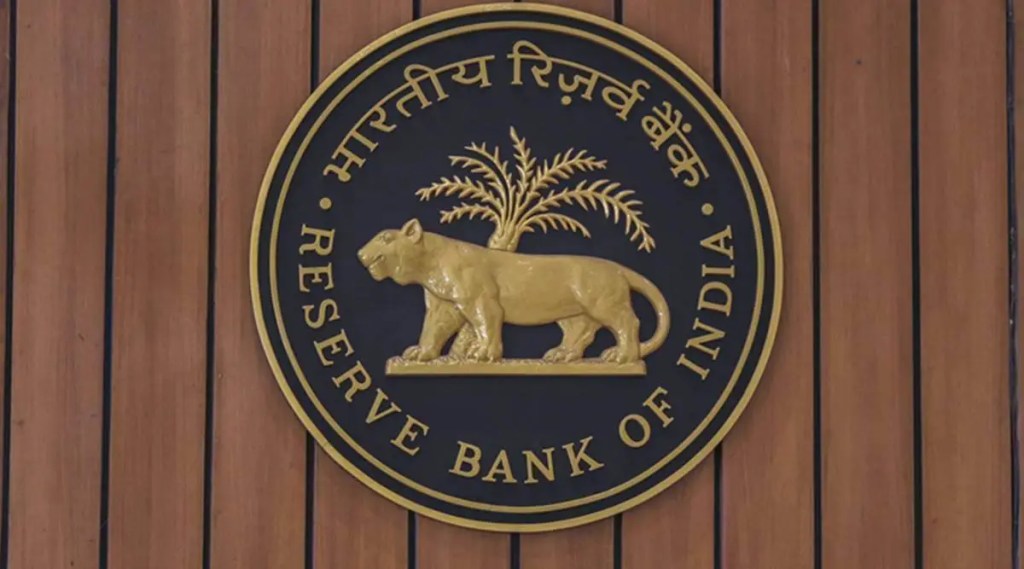After the RBI hit pause on the repo rate hike cycle instead of raising the interest rate, the market was left surprised as experts predicted, with a very strong consensus, that the Reserve Bank of India would hike the key lending rate by 25 bps. Prior to the policy announcement, amid the variety of reasons that experts attributed to the possibility of the central bank raising interest rates, one of the key factors was the Reserve Bank was following the US Federal Reserve and ECB’s lead. However, with this move, they believe that the RBI might have broken away from following the cues laid down by the US Fed.
In its latest policy, the US Federal Reserve hiked its interest rate by 25 bps in March, which took the rate to the 4.75-5% range. The ECB also raised its interest rate by 50 bps at the end of March. This prompted experts to be certain the RBI would follow the Fed’s lead and hike the key lending rate. “The course of rate hike is more likely to be aligned with the stance taken by key central banks such as the US Fed,” said Shishir Baijal, Chairman & Managing Director, Knight Frank India in his projection of the RBI’s decision.
During the press conference following the surprise announcement, RBI Governor, Shatkikanta Das negated these beliefs, instead said, “Repeatedly I have been stressing that our monetary policy is determined primarily by domestic factors. Therefore, we were never really coupled with US Fed action and it is for you to really interpret.”
The parallels that are drawn between the RBI and US Fed were especially exaggerated during the RBI MPC’s February meeting. “The continued rate hikes by the Bank of England, the ECB and the U.S. Federal Reserves, and the implications of these in the foreign exchange markets, influenced the decision of the RBI,” said Sujan Hajra, Chief Economist and Executive Director, Anand Rathi after the RBI decided to hike the rates by 25 bps on 8 February. The RBI was not alone in their approach of following the Fed’s cues, it was “in line with the approach adopted by many emerging market central banks” according to Rupa Rege Nitsure, Group Chief Economist, L&T Financial Holdings.
However, while the RBI has managed to keep the door open for further rate hikes, highlighting that the pause was for the April meet only, major central banks across the globe seem to be at the end of their respective rate hike cycles. S&P Global projected that the US Fed would agree on a smaller rate hike in May, around 20 bps, with the US Federal Reserve funds rate peaking at 5.00-5.15%.

